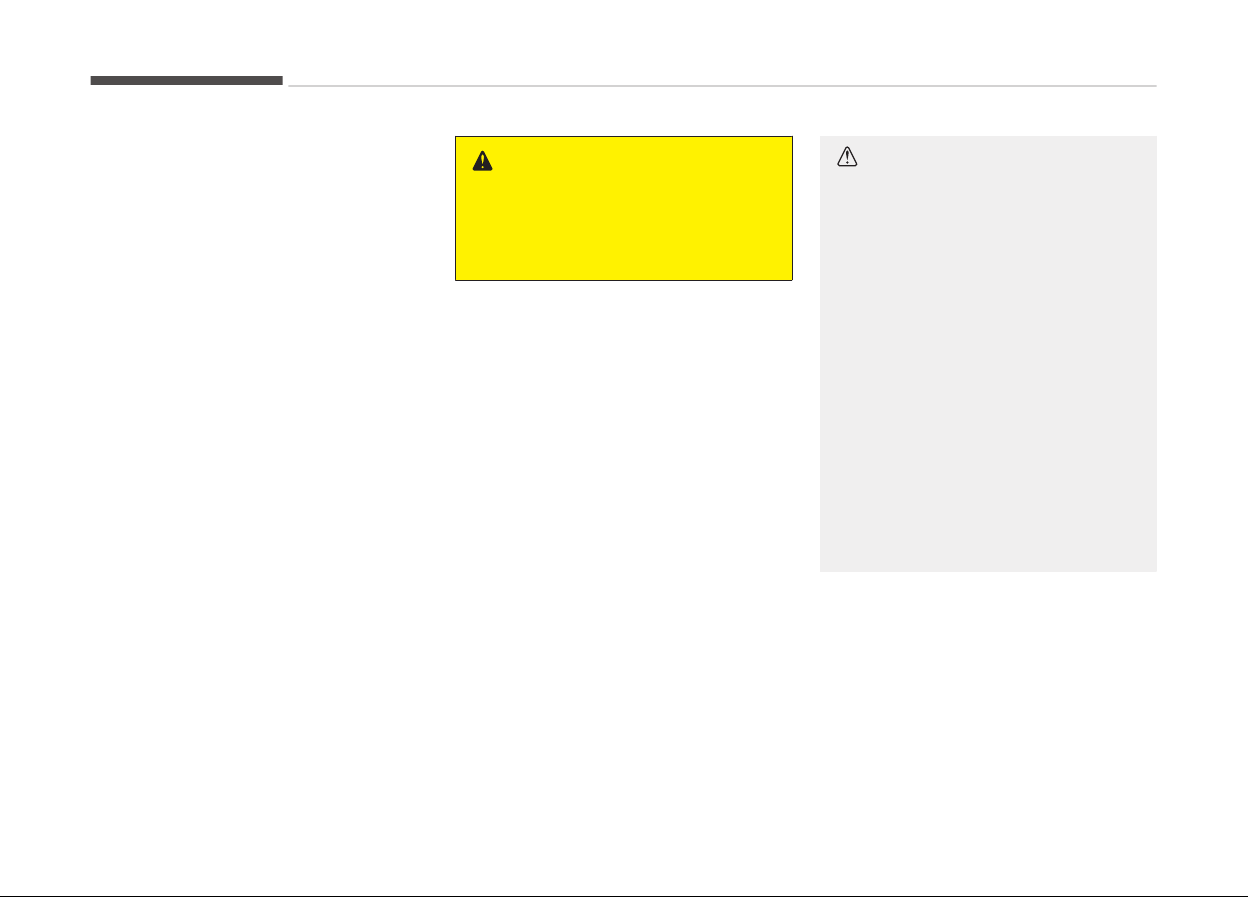Loading ...
Loading ...
Loading ...

Turn signals when towing a trailer
When you tow a trailer, your vehicle
has to have a diýýerent turn siþnal
ýlasher and extra wirinþ. The þreen ar‐
rows on your instrument panel will
ýlash whenever you siþnal a turn or
lane chanþe. Properly connected, the
trailer liþhts will also ýlash to alert oth‐
er drivers youre about to turn, chanþe
lanes, or stop.
When towinþ a trailer, the þreen ar‐
rows on your instrument panel will
ýlash ýor turns even iý the bulbs on the
trailer are burned out. Thus, you may
think drivers behind you are seeinþ
your siþnals when, in ýact, they are not.
It is important to check occasionally to
be sure the trailer bulbs are still work‐
inþ. You must also check the liþhts ev‐
ery time you disconnect and then re‐
connect the wires.
Do not connect a trailer liþhtinþ system
directly to your vehicles liþhtinþ sys‐
tem. Use only an approved trailer wir‐
inþ harness.
Have yourselý assisted by a proýessio‐
nal workshop in installinþ the wirinþ
harness. Kia recommends to visit an
authorized Kia dealer/service partner.
WARNING
Failure to use an approved trailer
wiring harness could result in dam‐
age to the vehicle electrical system
and/or personal injury.
Driving on grades
Reduce speed and shiýt to a lower þear
beýore you start down a lonþ or steep
downþrade. Iý you dont shiýt down, you
miþht have to use your brakes so much
that they would þet hot and no lonþer
operate eýýiciently.
On a lonþ uphill þrade, shiýt down and
reduce your speed to around 70 km/h
(45 mph) to reduce the possibility oý
enþine and transaxle overheatinþ.
Iý your trailer weiþhs more than the
maximum trailer weiþht without trailer
brakes and you have a dual clutch
transmission, you should drive in D
(Drive) when towinþ a trailer.
Operatinþ your vehicle in D (Drive)
when towinþ a trailer will minimize
heat build up and extend the liýe oý
your transaxle.
CAUTION
• When towing a trailer on steep
grades (in excess of 6%) pay close
attention to the engine coolant
temperature gauge to ensure the
engine does not overheat.
If the needle of the coolant tem‐
perature gauge moves across the
dial towards H (HOT), pull over
and stop as soon as it is safe to do
so, and allow the engine to idle un‐
til it cools down. You may proceed
once the engine has cooled suffi‐
ciently.
• You must decide driving speed de‐
pending on trailer weight and up‐
hill grade to reduce the possibility
of engine and transaxle overheat‐
ing.
(Continued)
Drivinþ your vehicle
7-94
Loading ...
Loading ...
Loading ...